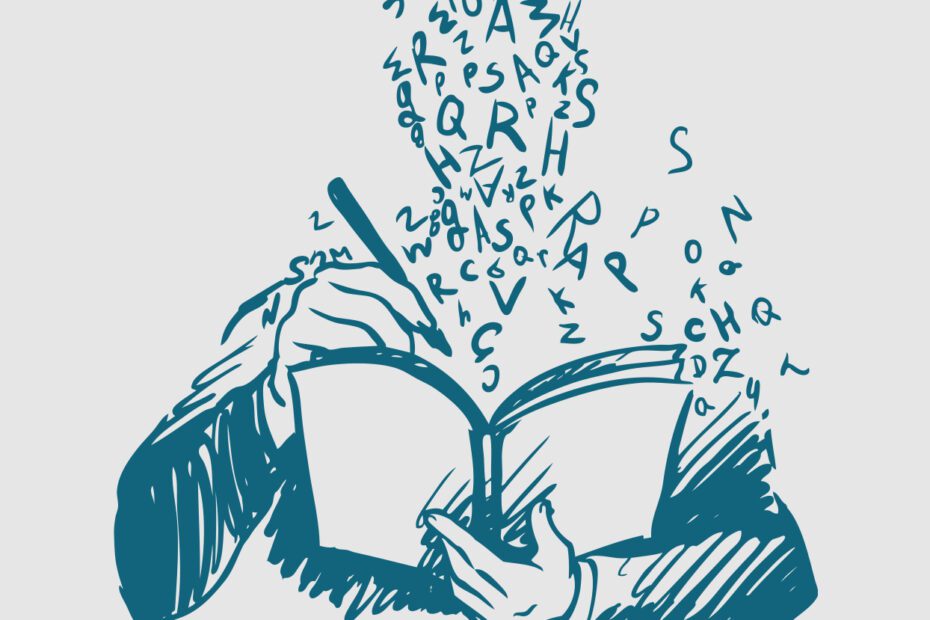According to Jess Barrow of EdReports, “When it comes to curriculum-aligned professional learning, the data is not promising: A majority of teachers receive less than five hours of curriculum-related professional learning per year—a quarter of teachers say they have no access to such learning at all.”
What does it mean for a school to have an aligned curriculum? What is the purpose of a school-based curriculum?
In Pennsylvania, legislators far removed from the daily teaching and learning in public schools enact laws that mandate which academic standards are to be taught in classrooms. While they decide “what” is taught, they provide no direct oversight for “how” these standards are to be introduced to students. Instead, these decisions are under local control and left up to each individual school district and public charter school, and their oversight boards, to define. Local control is fine if each learning environment has a standards-aligned curriculum in place from which students are taught. But do they?
A standards-aligned curriculum is a framework, a map, a plan for what and how your child will be given access to quality learning experiences throughout her K-12 journey. A curriculum is not a text book. A curriculum is not a pre-packaged science kit, it is not a math program nor is it a reading program. These are simply tools in the curriculum toolbox. A curriculum is the overarching, comprehensive written and published plan that outlines how each tool will be used to support teaching and learning over a thirteen-year period of time. A curriculum assigns accountability to grade-level teams for introducing certain academic standards and, then, determines which grades are responsible to bring these same standards to proficiency.
Assessments aligned to these standards should be administered throughout the year to ensure students aren’t falling behind. Often, schools rely on state-administered standardized tests, given at the end of the year, to determine the efficacy of what is being taught during the school year.
The purpose of a school-based curriculum is to create a GPS for learning – a kind of “MapQuest” – with mile-markers as check-in points where everyone in the school and community knows the route and where ongoing assessments are administered along the way. Most importantly, these assessments are directly aligned to what is actually being taught, at that time, allowing teachers and grade-level teams to “re-calculate” the route before students find themselves on a failed journey.
Does your school have a standards-aligned curriculum?
